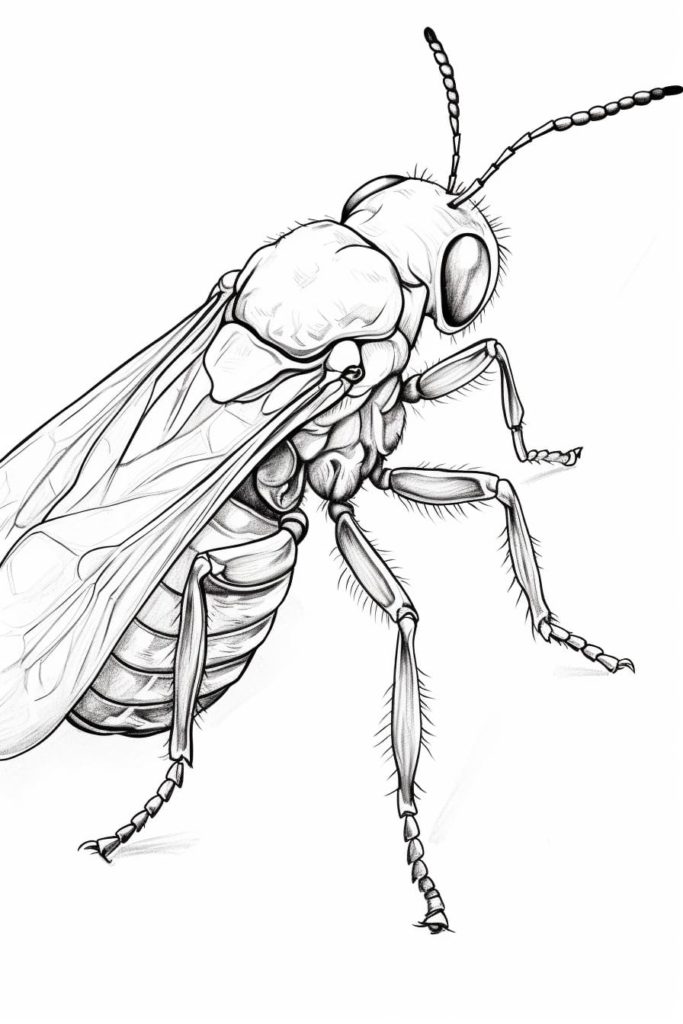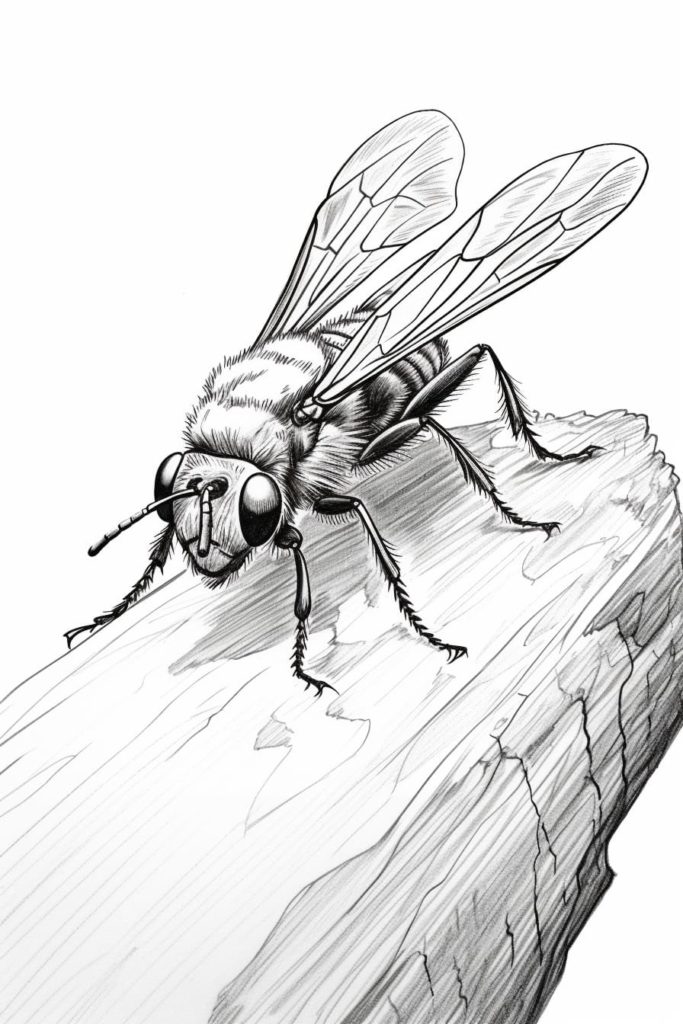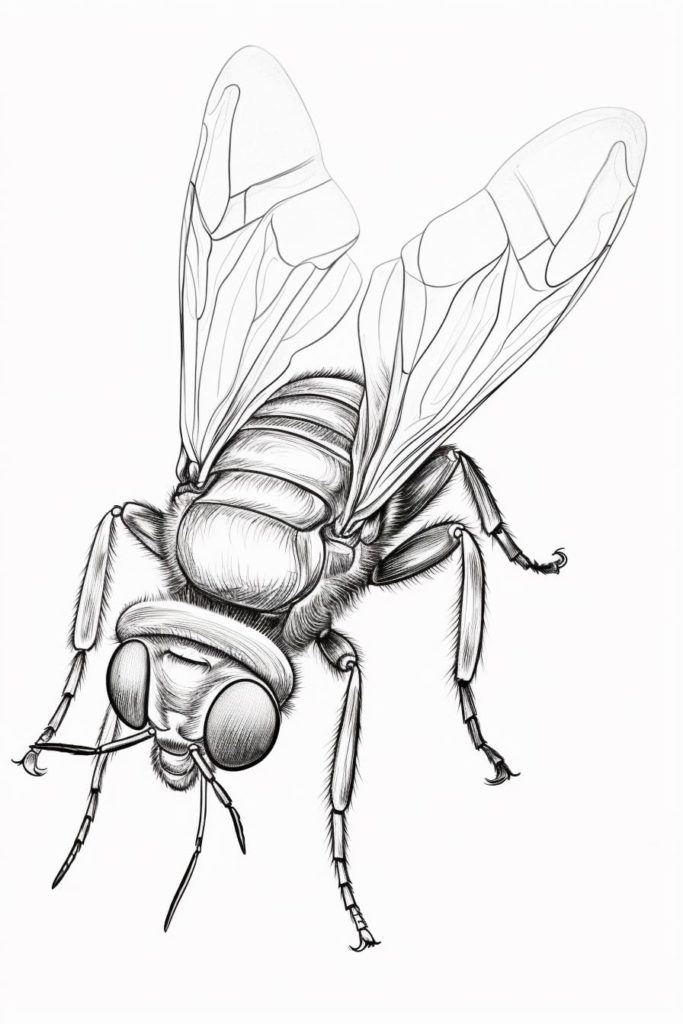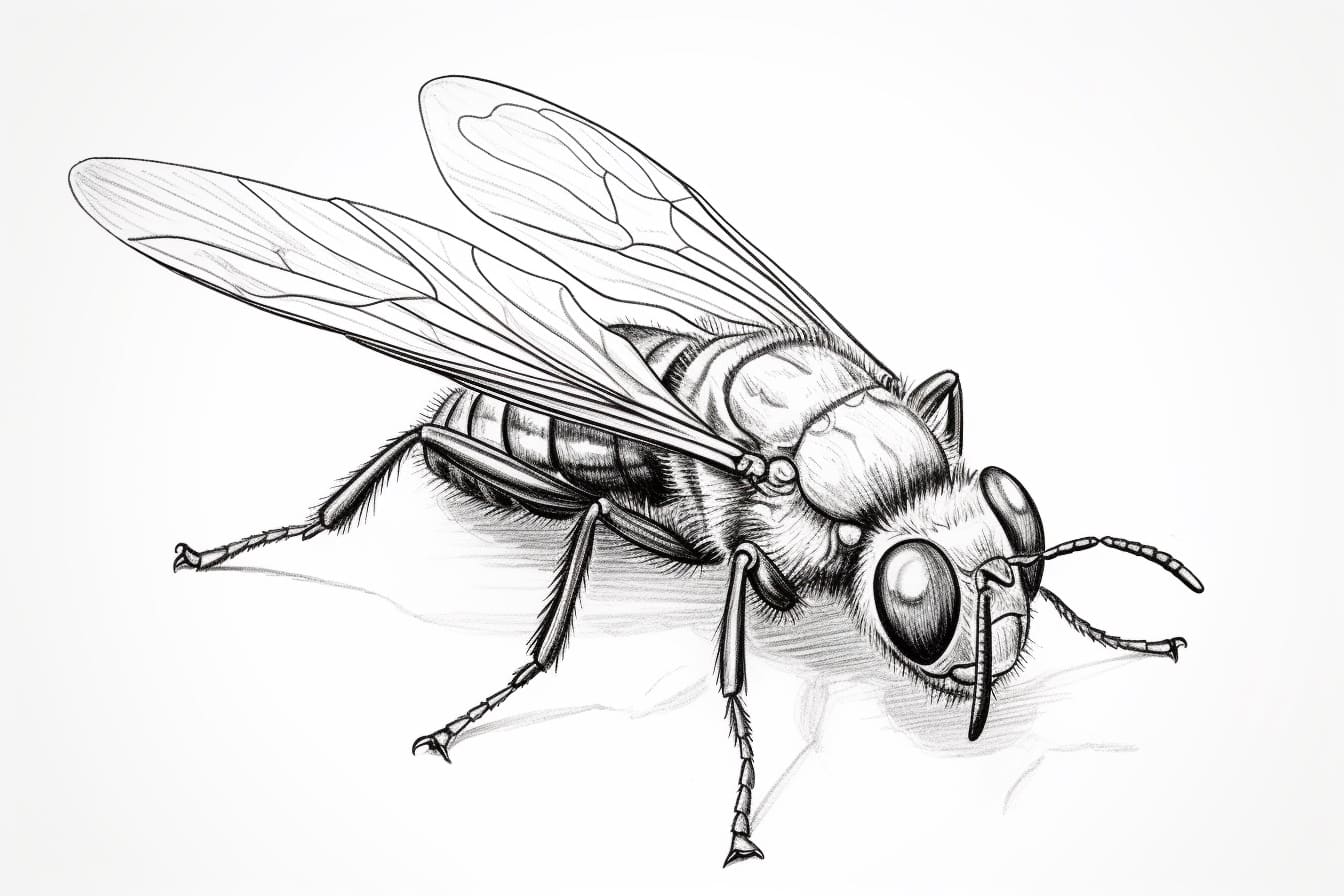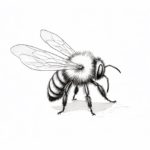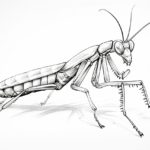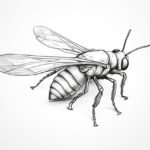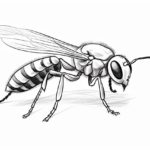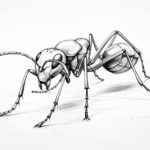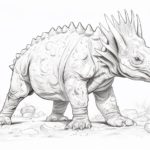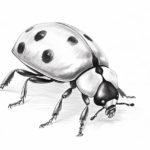Welcome to the fascinating world of drawing insects! Insects are not only marvels of nature but also incredible subjects for artists to sketch and study. From delicate wings to intricate body structures, drawing insects allows us to explore the beauty and complexity of these tiny creatures up close. In this guide, we will delve into the techniques and tips for capturing the unique characteristics of insects on paper, from their intricate patterns to their graceful movements. So grab your sketchbook and pencils, and let’s embark on a creative journey into the enchanting realm of insect drawing!
Materials Required
To draw an insect, you will need the following materials:
- Drawing paper or sketchbook
- Pencils (different hardness for shading and detailing)
- Eraser
- Fine-tip pens or markers for outlining
- Colored pencils or markers for adding color (optional)
- Reference images of insects for inspiration and guidance
- Drawing board or hard surface to work on
- Pencil sharpener
- Ruler (for measuring proportions if needed)
- A good source of light to illuminate your workspace
With these materials, you can create a detailed and realistic drawing of an insect.
How to Draw an Insect: a Step-by-step Guide
Step 1: Gather Your Materials
- Grab a pencil, eraser, paper, and any coloring materials you may want to use.
- Make sure you have a reference image of the insect you want to draw for guidance.
Step 2: Start with Basic Shapes
- Begin by lightly sketching the basic shapes that make up the insect’s body. For example, an oval for the thorax and a smaller oval for the head.
Step 3: Add Details
- Add details to the body, such as the segments of the abdomen, wings, and legs. Pay attention to the proportions and positioning of these features.
Step 4: Refine the Head
- Refine the shape of the head by adding eyes, antennae, and any other features specific to the insect you are drawing.
Step 5: Define the Wings and Legs
- Sketch in the wings, making sure to capture any intricate patterns or textures they may have.
- Add the legs, making them appear segmented and jointed for a more realistic look.
Step 6: Finalize the Details
- Erase any unnecessary guidelines and refine the details of the insect’s body.
- Add any additional features like hairs, patterns, or markings to make your drawing more realistic.
Step 7: Add Color (Optional)
- If you choose to color your drawing, carefully select the appropriate colors and shade in the different parts of the insect to bring it to life.
Step 8: Add Shadows and Highlights (Optional)
- For a more three-dimensional look, consider adding shadows and highlights to give your insect drawing depth and dimension.
Step 9: Final Touches
- Take a step back and review your drawing. Make any final adjustments or additions to enhance the overall quality of your artwork.
Step 10: Sign and Share
- Sign your drawing, date it, and proudly display or share your finished insect drawing with others to showcase your artistic talent!
Conclusion
In conclusion, drawing insects can be a rewarding and enjoyable experience for artists of all skill levels. By observing the intricate details of these fascinating creatures and practicing different techniques, you can create realistic and captivating insect illustrations. Remember to take your time, study the anatomy of the insect you are drawing, and allow your creativity to shine through in your artwork. With patience and dedication, you can master the art of drawing insects and bring these tiny wonders to life on paper.
Fun Facts About Insects
- Insects have been around for hundreds of millions of years and are incredibly diverse, with over a million different species identified so far.
- Some insects, like bees and ants, live in highly organized social colonies with complex communication systems and division of labor.
- Insects are crucial for ecosystem functioning as pollinators, decomposers, and as a food source for many other animals.
- Many insects have fascinating adaptations, such as the ability to mimic other organisms for camouflage or defense, or to produce light (bioluminescence) like fireflies.
- Some insects, like butterflies and dragonflies, undergo a complete metamorphosis, with distinct larval, pupal, and adult stages.
- Insects have a variety of ways to defend themselves, from stingers and venom to camouflage, mimicry, and even playing dead.
- Insects are incredibly strong and resilient for their size, with some species able to carry objects many times their own body weight.
- Insects have complex behaviors and communication systems, using pheromones, vibrations, sounds, and visual signals to interact with each other.
- Some insects, like migratory butterflies and locusts, can travel vast distances and play important roles in connecting different ecosystems.
- Insects have inspired many technological innovations, from aerodynamics to materials science, leading to the development of new technologies and designs.
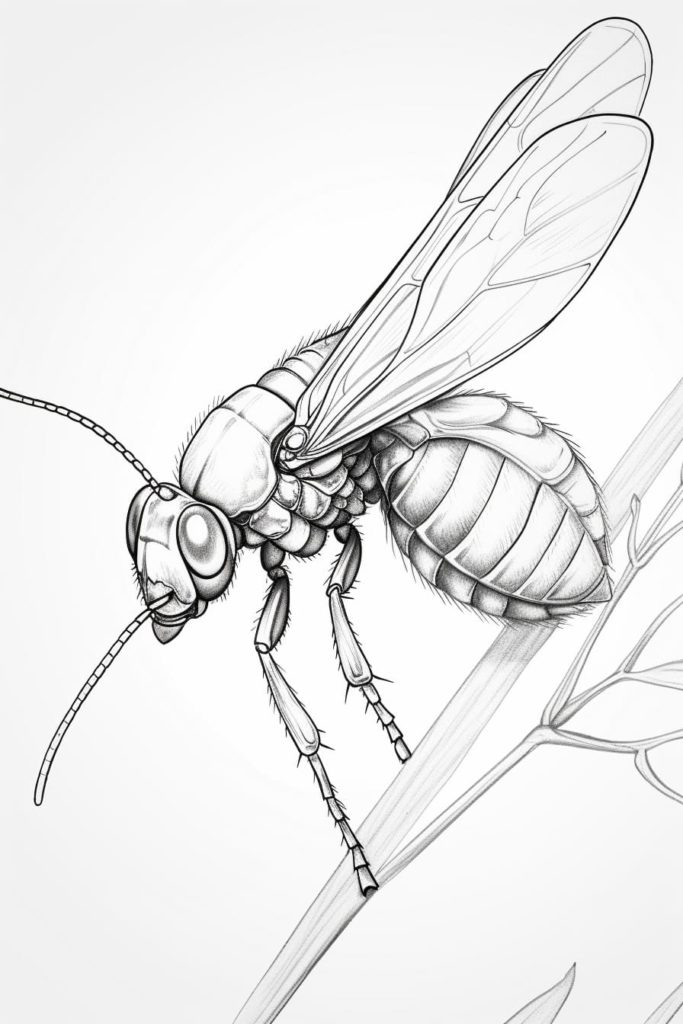
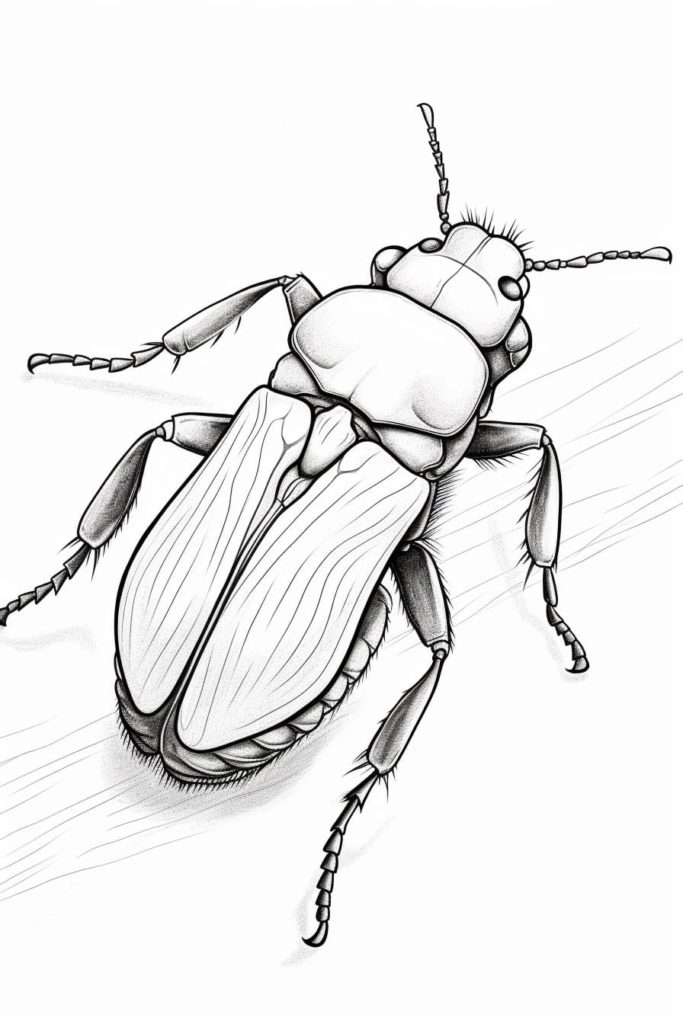
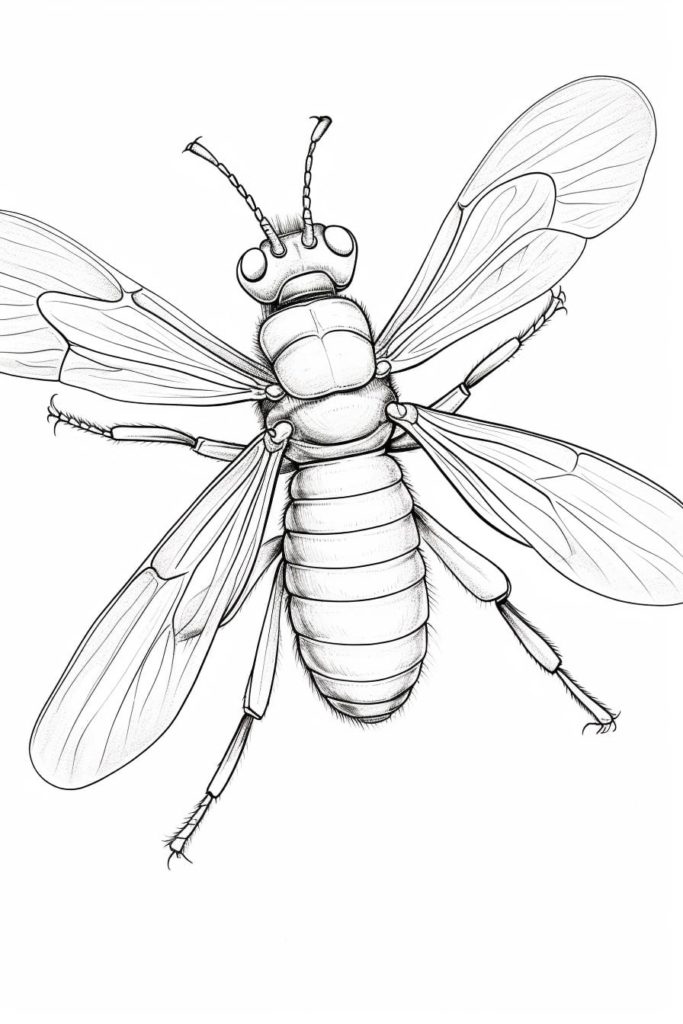
Suggestions for Scenes and Settings for Insect Drawings
- A detailed close-up of a butterfly perched on a vibrant flower, showcasing its intricate patterns and colors.
- An ant colony bustling with activity, with ants carrying food and working together to build their nest.
- A dragonfly hovering over a serene pond, with its transparent wings catching the sunlight.
- A beetle crawling on a tree trunk, with its shiny exoskeleton reflecting the dappled light filtering through the leaves.
- A spider spinning a delicate web between two branches, with dewdrops glistening on the silk threads.
- A caterpillar munching on a leaf, its vibrant stripes and tiny feet creating an interesting visual texture.
- A grasshopper poised to leap, with its powerful hind legs coiled beneath its body.
- A ladybug resting on a blade of grass, its bright red shell contrasting against the green background.
- A praying mantis camouflaged among leaves, its long and slender body blending seamlessly with its surroundings.
- A swarm of fireflies lighting up a dark night sky, creating a magical and enchanting scene.
